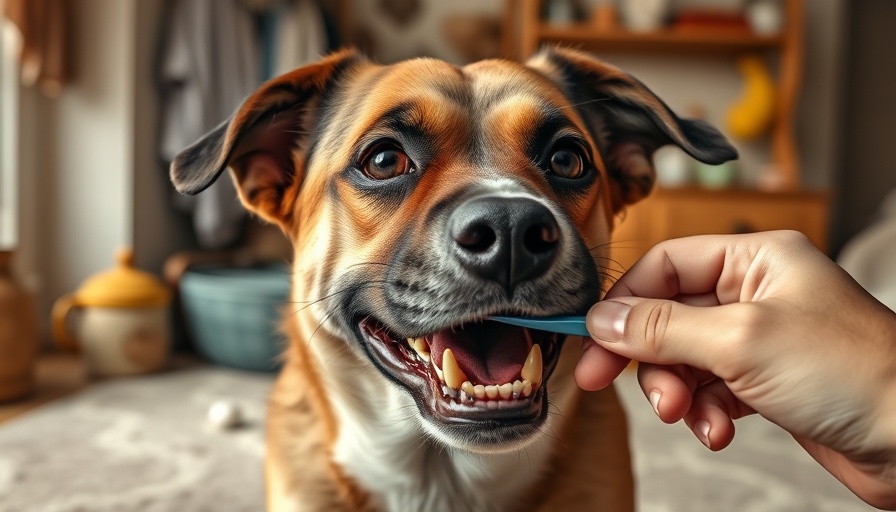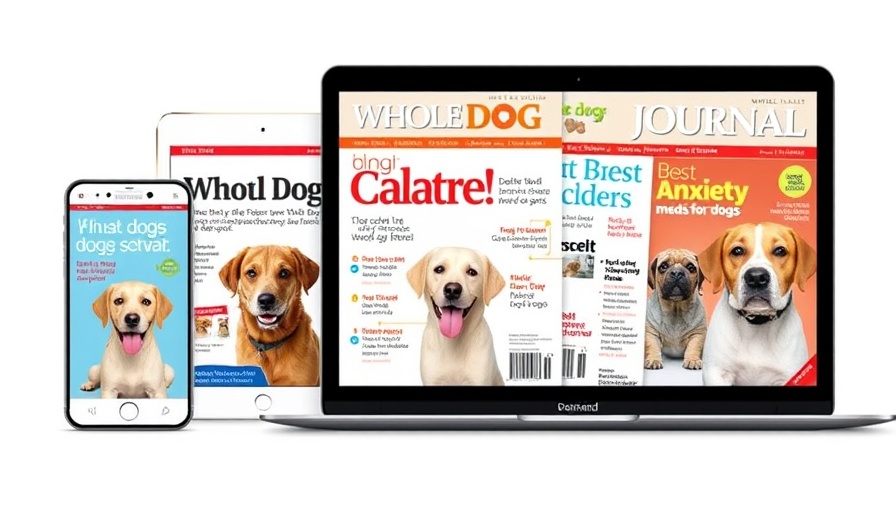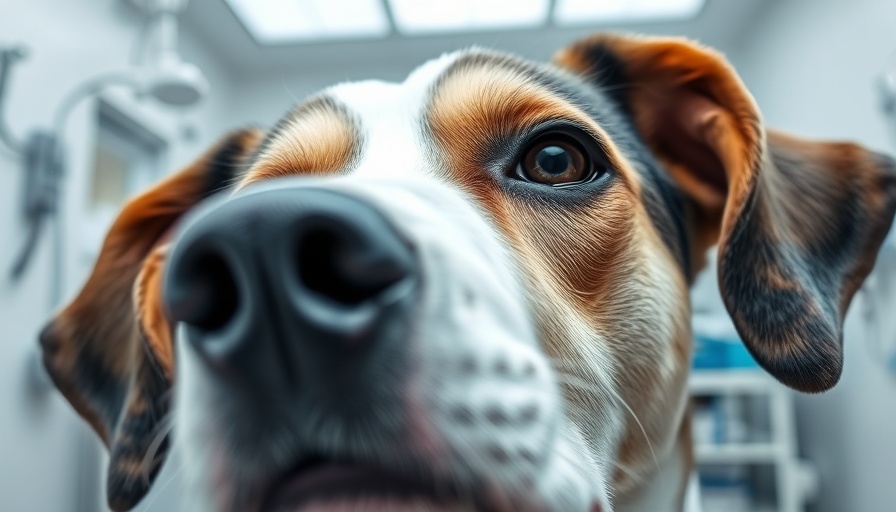
Understanding Your Uncooperative Pup
As any dog owner knows, dental hygiene is essential for our furry friends, but what happens when your canine companion is just not cooperative? Many dogs can be anxious or resistant when it comes to having their teeth brushed, making it a challenging task. Yet, just like humans, dogs require regular dental care to prevent serious health issues such as periodontal disease, which can lead to pain, infection, and even tooth loss.
Why Dental Care Matters
Good oral hygiene in dogs is often overlooked, but it's crucial for their overall health. According to a report by the American Veterinary Dental College, about 80% of dogs show symptoms of dental disease by age three. This can result in painful surgeries and costly treatments if not addressed promptly. Regular brushing can help reduce plaque buildup, which otherwise hardens into tartar, making regular veterinary cleanings necessary. A commitment to brushing your dog's teeth can not only improve their breath but also enhance their quality of life.
The Equipment You Need for Successful Brushing
Before you start, arm yourself with the right tools to make the experience as pleasant as possible for your dog. A soft-bristled toothbrush designed for dogs or a finger toothbrush can make the task easier. Dog-friendly toothpaste is essential, as human toothpaste can be harmful or irritating to their stomachs. Having treats onhand as positive reinforcement can build a more favorable association with tooth brushing.
Simple Steps to Brush Your Dog's Teeth
Start the process gradually. First, introduce your dog to the toothbrush and toothpaste. Allow them to sniff and lick it while rewarding them with praise or treats. Once they are comfortable, let’s dive into the actual brushing:
- Step 1: Get your dog into a comfortable position, either sitting or standing, so they feel at ease.
- Step 2: Lift their lips gently to expose the teeth.
- Step 3: Brush a few teeth at a time, focusing on the outer surfaces where plaque builds up most often.
- Step 4: Use small, circular motions, and be patient! If your dog becomes agitated, take a break and try again later.
Dealing with Resistance: Tips for the Stubborn Dog
What if your dog absolutely refuses to cooperate? Here are some tricks to ease their discomfort:
- Focus on one side of the mouth initially, and then switch to the other after successful brushing.
- Consider using a dental gel or water additive as a first step toward dental hygiene without the struggle of immediate brushing.
- If your dog still resists, talk with your vet. They may recommend suitable dental products designed for dogs that can be easier to administer or consider a professional dental cleaning.
Making It a Routine
As with any habit, consistency is key. Ideally, you should brush your dog’s teeth daily, but even a few times a week can make a difference. Establishing a routine not only helps your dog understand what to expect but also enhances the bond between you. Make tooth brushing a pleasant experience with lots of praise and a calm demeanor.
Alternative Dental Solutions
If brushing remains a firm no from your pup, don’t fret; there are other methods to maintain their dental health. Chew toys, dental treats, and even some specially designed diets can help reduce plaque buildup while providing the necessary stimulation for your dog's chewing instincts. Daily engagement through play can also keep your dog’s mind active and stress levels low, resulting in a more cooperative demeanor when it comes time for dental care.
Conclusion: Take Action for Your Dog's Health
By prioritizing your dog’s dental care, you are investing in their overall health and well-being. Whether it’s through brushing, dental treats, or professional cleanings, taking steps now will ensure your four-legged friend remains happy and healthy for years to come. Don't hesitate; get started on a dental routine that can significantly improve your dog's quality of life today. Remember, a little effort goes a long way in building a healthier future for your pup!
 Add Row
Add Row  Add
Add 




Write A Comment